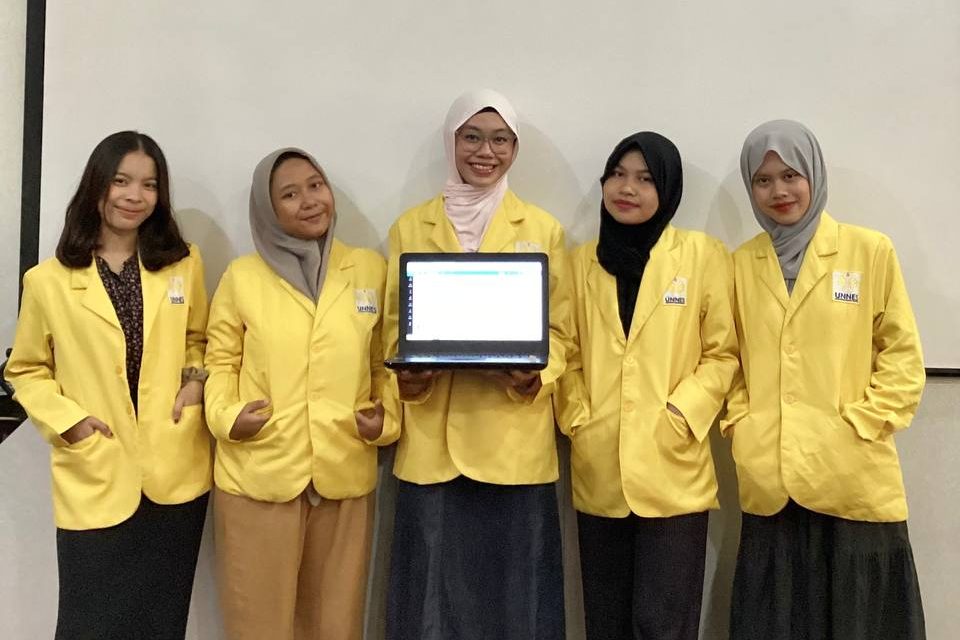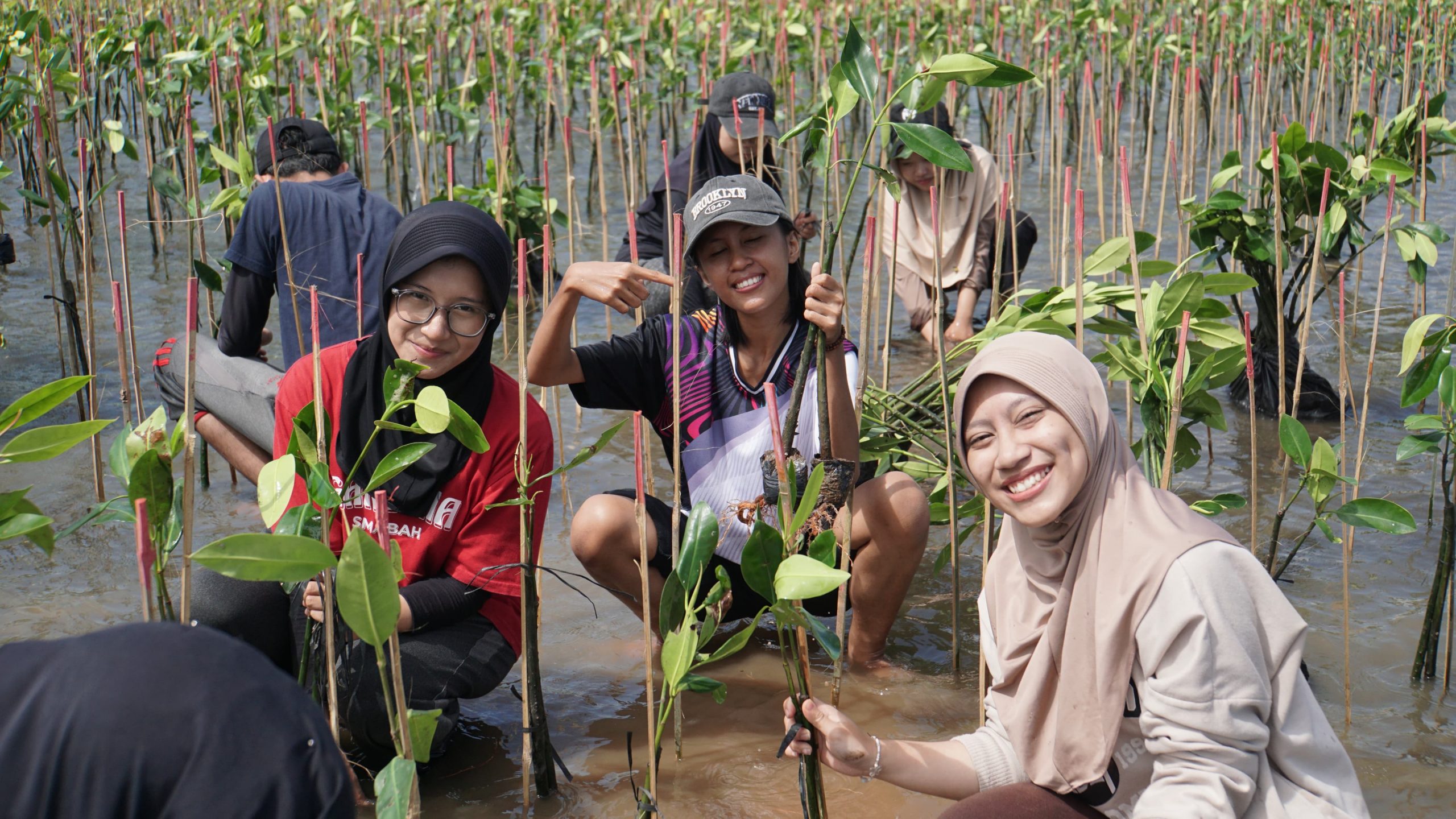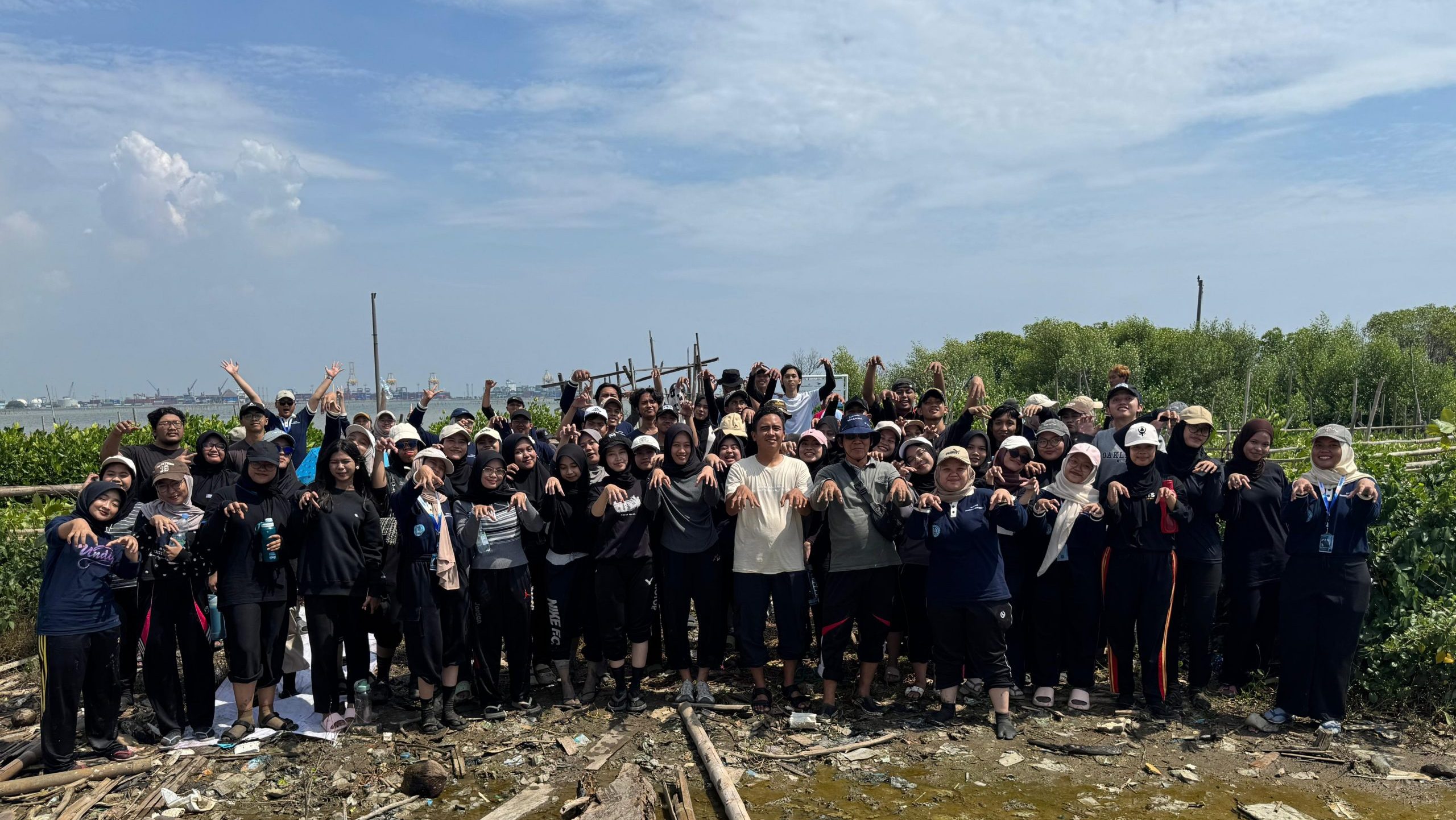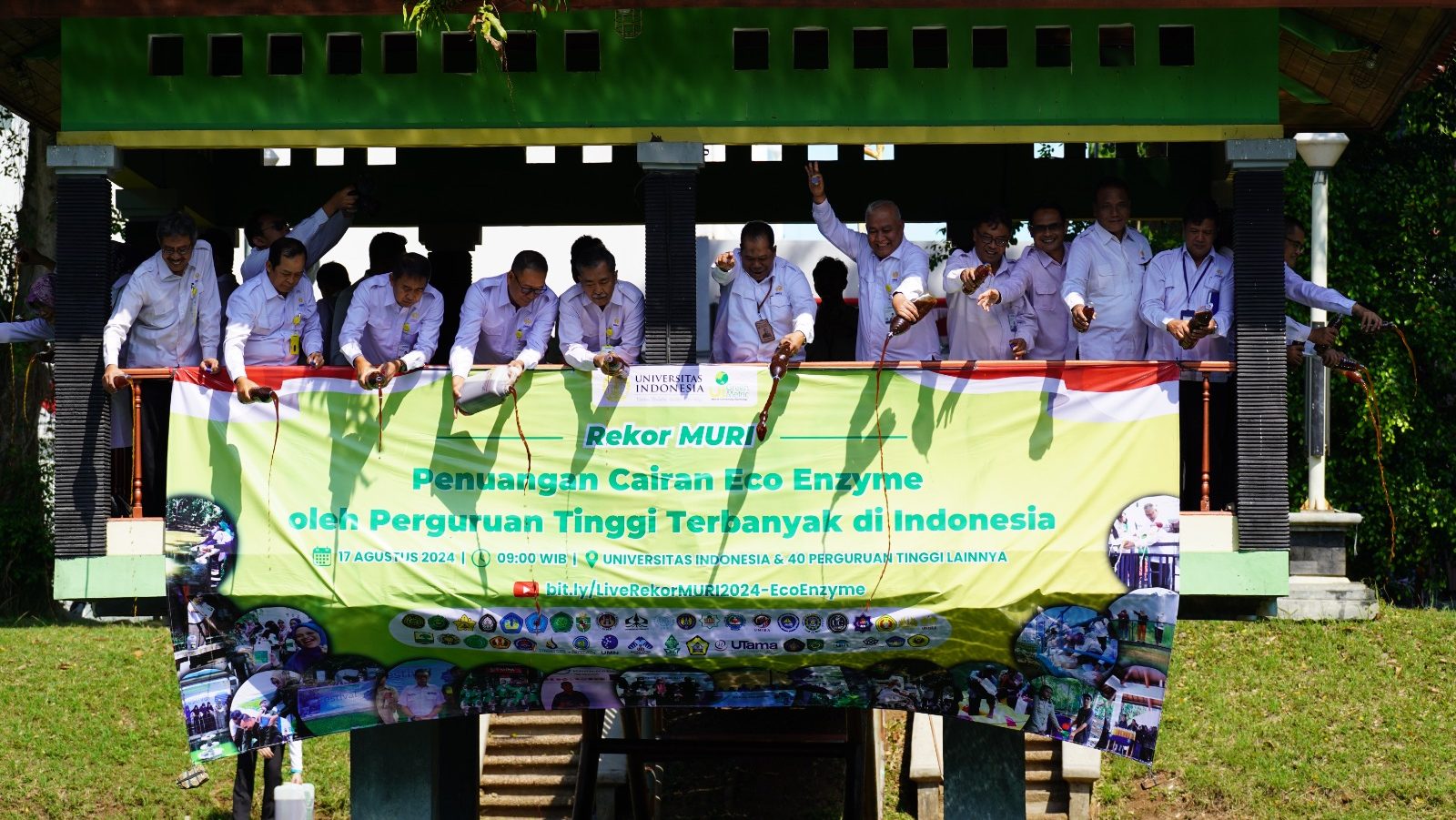The disposal of batik waste is not just a local issue, but a global concern, particularly in the city of Semarang. The urgency of this matter cannot be overstated, as improperly discarded batik waste can significantly contribute to the degradation of river ecosystems and the decline of marine life.
Rambutan is one of the fruits commonly grown around the residential areas of Universitas Negeri Semarang. However, the significant amount of rambutan peel waste has yet to be effectively addressed.
In response to this problem, UNNES students have innovatively utilized the abundant rambutan peel waste.
Rambutan peel waste, often overlooked, contains critical components, including 24% cellulose and 35% lignin. This potential makes it a promising material for creating adsorbents to reduce liquid waste in the environment, offering hope for a sustainable solution.
The students who participated in the creation of adsorbents from rambutan peel waste are Azra Putri Nurhaliza (Biology, 2021), Nevta Fatikha Ariyani (Biology 2021), Astrid Farmayati (Biology 2021), Resah Aprianti (Chemical Engineering 2021), and Kakalia Putri Auralita (Chemical Engineering 2021), guided by Mrs. Talitha Widiatningrum, M.Si., Ph.D., as a lecturer from the Faculty of Mathematics and Natural Sciences at UNNES.
It’s important to note that the activities of this PKM-RE team are not a one-time effort, but an ongoing journey. The project has already undergone testing at a basic level, and the team is committed to further development and improvement.
These PKM activities will continue and are expected to become an alternative solution for reducing water pollution caused by batik waste.
The progress of this PKM project can be monitored through their Instagram account, @nanola_pkmre.
Source: https://unnes.ac.id/mipa/id/2023/10/16/manfaatkan-limbah-kulit-rambutan-mahasiswa-unnes-ciptakan-adsorben-untuk-mengatasi-limbah-batik/




